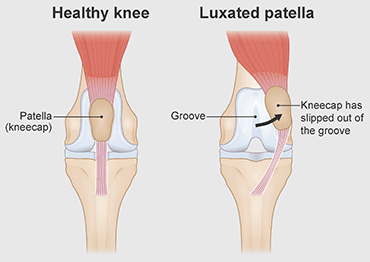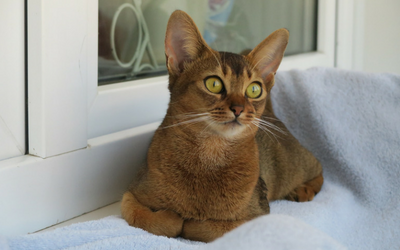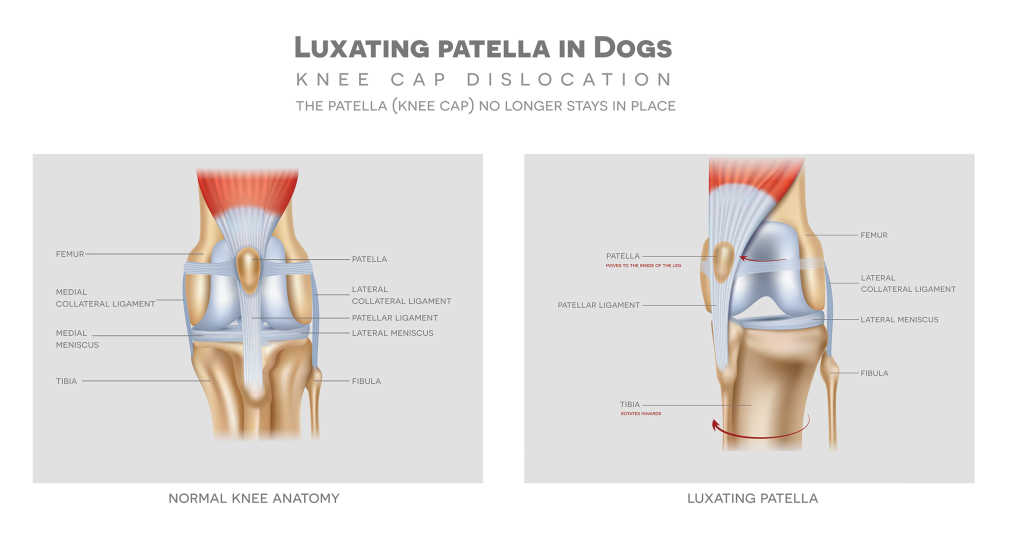luxating patella cats symptoms
Symptoms associated with patellar luxation vary depending on the severity of the disease. Palpation of the stifle joint reveals displacement of the patella.
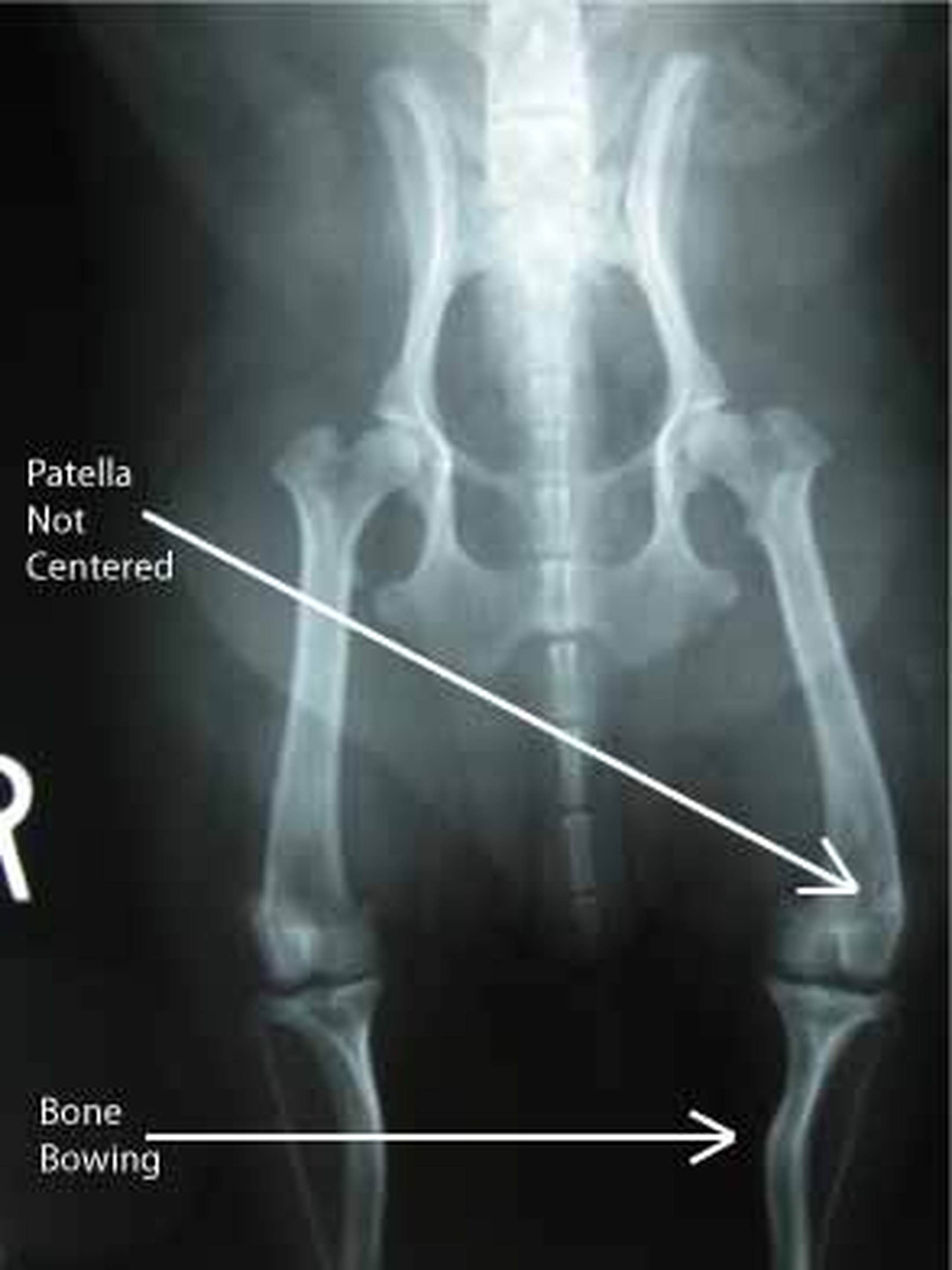
Patellar Luxation Kneecap Dislocation In Dogs Pet Scan Mobile Veterinary Ultrasound Service
The dog will avoid bearing weight on the affected leg.

. In congenital and inherited cases it is usually seen as a bilateral disease affecting both hind legs and can result in limping bunny hopping or hind-limb collapse. With a medial luxation the lower part of the leg will usually be held out to the side as long as the kneecap is out of place. Those with a grade one luxation may simply need some supportive care rest and medicine.
The knee joint may lock up in an abnormal position causing your dog to walk on 3 legs. Conversely high grade patellar luxation usually requires surgery. Patella luxation is usually characterised by a skipping or hopping lameness where the dog or cat will hold their leg up for several steps whilst running and then return to normal.
Patellar luxation a hereditary disorder in dogs and cats is characterized by ectopic development of the patella medial or lateral to the trochlear groove of the femur. Very often the patella pops back in on its own and then the dog usually walks normally again. Luxating Patella Symptoms.
Medial patellar luxations can be involved with a. Cat knee surgery can be expensive as it is usually done by an orthopaedic specialist. Symptoms of luxating patella.
Affected animals are lame or ambulate with a skipping gait. Cats with mild patellar luxation may not display any signs particularly with congenital patellar luxation. The main signs of patella luxation including hopping or skipping-like lameness to the back leg that will spontaneously resolve as the dislocation resolves.
Indeed surgery for a luxating patella can be cost prohibitive for some owners. Feline Idiopathic Cystitis Cat Guides Cats Cystitis Feline. A luxating patella will cause the feline to display an unusual gait as the knee joint cannot function as it would normally.
As the cat walks he may skip or hop on the affected leg or frequently pull the rear leg up towards the body. Your dog may get up from a lying position more slowly and carefully. Symptoms of a Luxating Patella.
Common symptoms associated with patella luxation include. The signs of patellar luxation include intermittent on and off lameness an unusual skipping on the affected leg when the cat walks or runs or difficulty in jumping. A luxating patella in which a kneecap moves out of its normal position is a very common occurrence in dogs.
Patellar luxation can be associated with multiple deformities of the hindlimb involving the hip joint femur and tibia. With a majority of dogs the signs are fairly easy to spot. You may notice your dog skip a beat as they walk.
Occasional or constant limping Difficulty jumping onto things like beds and tables Skipping on a back leg holding it up for a few steps then replacing weight onto that leg. Symptoms of Luxating Patella. 3 The capsule around the joint is tightened.
The dog will be in pain. In severe instances pets may show consistent lameness and signs like shaking or extending the affected leg. Even if hes not limping keep an eye on him if hes much less active than usual or isnt jumping up on his favorite windowsill or other preferred perches.
It is also known as trick knee and can come on rather suddenly. Sudden lameness traumatic or intermittent lameness affecting one or both of the hind legs. The main symptom of luxating patella is an intermittent hopping on the limb when the patella pops out of place.
This may also be caused either by injury or is congenital. Its possible for a cat to have a. If your cat is limping or seems off as he moves he could have a luxated patella.
Kneecap dislocation can be caused by a variety of reason that may or may not require immediate medical addition which is why it is of the utmost importance for a veterinary professional to be consulted when signs are first noted. Luxation occurs when the patella or. While small or toy breeds such as Chihuahuas Yorkshire terriers and Pomeranians are the most prone to a luxated patella this orthopedic condition can affect all breeds of dogs.
In severe cases the slipping from the normal position may be painful and may cause your dog to yelp. Tightening it helps to prevent the patella from. Luxating patella cat signs.
2 The groove in the femur is deepened so the patella will stay in place. In the early stages of luxating patella the condition may not cause too much pain to the dog. This can be accompanied by yelping in some dogs due to pain.
A popping noise may be heard in the dogs knee. Canine luxating patella signs depending on the grade of the disorder some pups may not show any symptoms of patellar luxation. 1 The point of attachment of the patellar ligament to the shin bone is transplanted moved to its proper location.
When the patella luxates the joint capsule stretches. When the kneecap becomes dislocated you may notice your dog hopping on his hind leg holding it up running on three legs or stretching his leg out to try to pop the. Clinical signs are variable and based on the severity of luxation.
Signs may be episodic with intermittent luxation or permanent with complete and persistent luxation. In general cats and small and miniature breeds of dogs have a medial luxation and large dogs have a lateral luxation. Symptoms of luxating patella in cats include.
If caused by physical trauma the clinical signs of a. Carrying the limb up for a few steps skipping Shaking or extending the limb Lameness Bow-legged appearance where the legs curve outwards at the knees Knocked-in knee appearance where the legs curve inwards at the knees. The signs of patellar luxation include intermittent on and off lameness an unusual skipping on the affected leg when the cat walks or runs or difficulty in jumping.
Luxating Patella in Cats. A luxating patella can slip in and out of its normal position in the patella groove. Cats can also be prone to patellar luxation.
Common signs of luxating patellas include. Animals of any age may be affected. The typical clinical signs include lameness skipping on the affected leg and an unwillingness to jump.
Reluctance to jump and climb. Sometimes a luxating patella can be treated with physical therapy and. When both legs are affected you may see bunny hopping or dragging of the legs for short periods as well as a stiff and awkward gait.
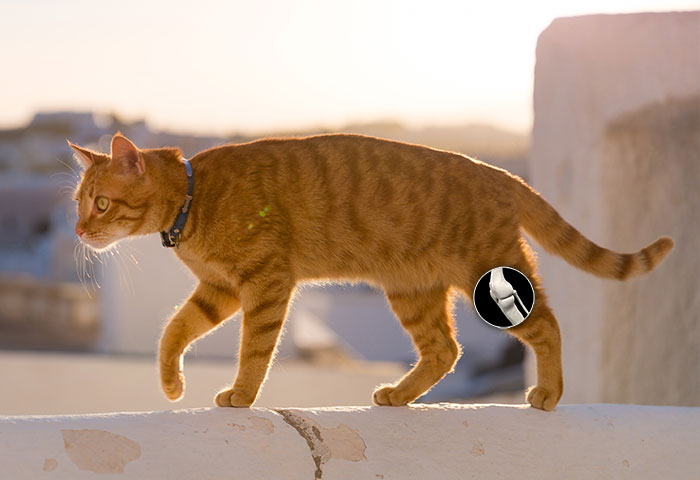
Feline Hind Limb Knee Injuries Packerland Veterinary Center
/GettyImages-638142640-a73f293767c5407bb1dd827e00e739b4.jpg)
How To Treat Luxating Patella In Cats

Surgical Correction Of Patellar Luxation In Cats Today S Veterinary Practice
Luxating Patella Causes Treatment
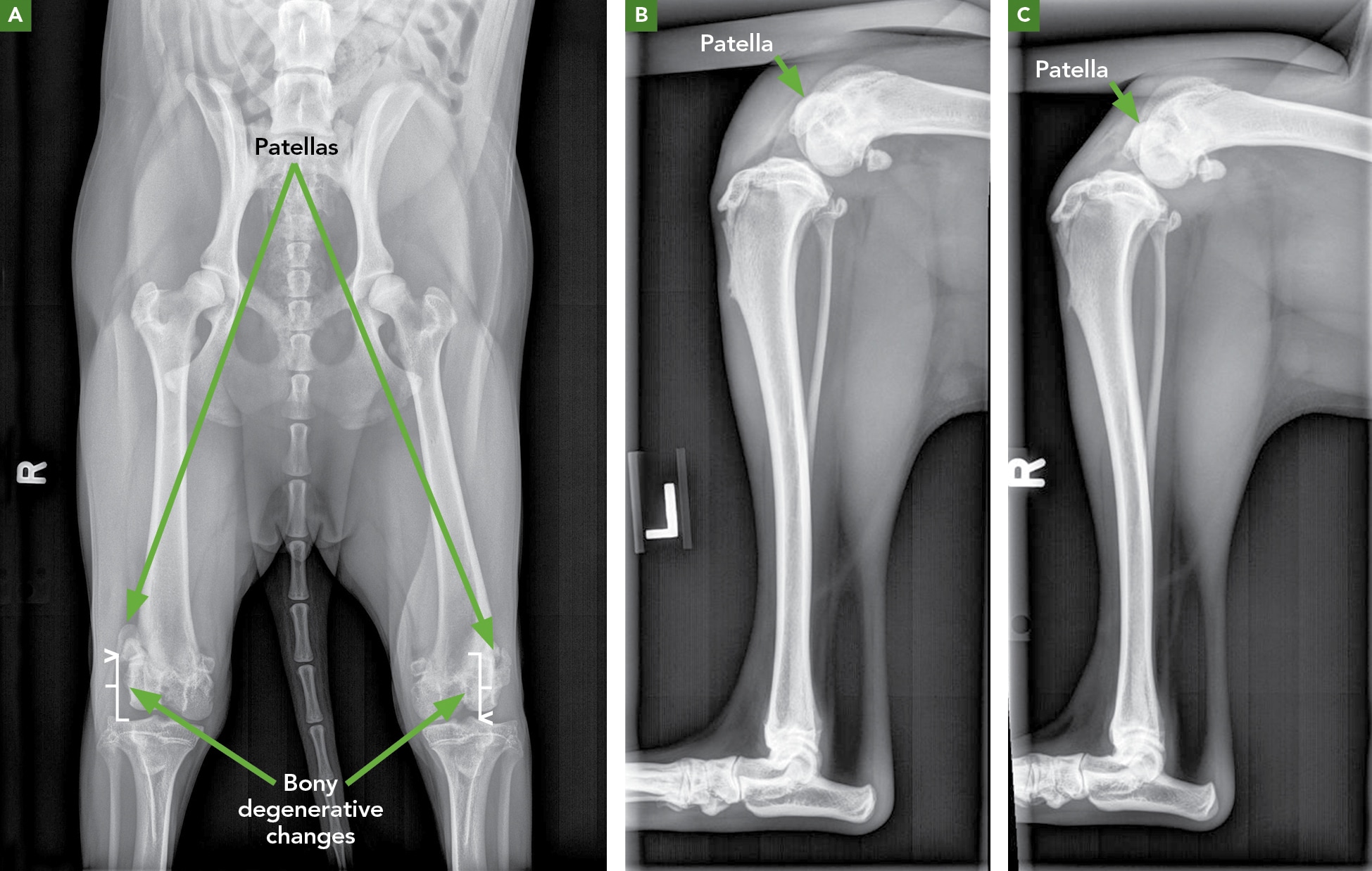
Luxating Patellas Pathology And Treatment Options Today S Veterinary Nurse
Luxating Patella Meadows Veterinary Clinic Of East Peoria

Luxating Patellas Pathology And Treatment Options Today S Veterinary Nurse
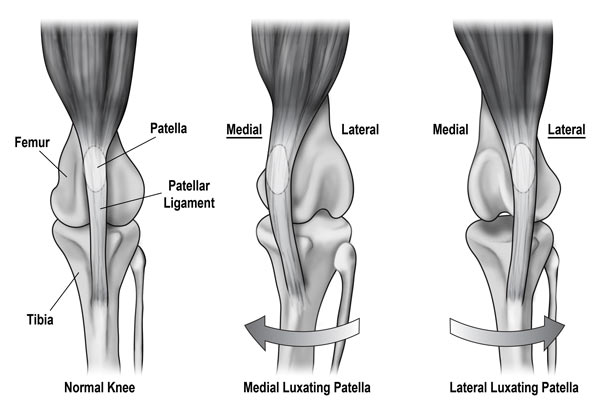
Patella Luxation A Common Orthoapaedic Problem Albert Park Vet
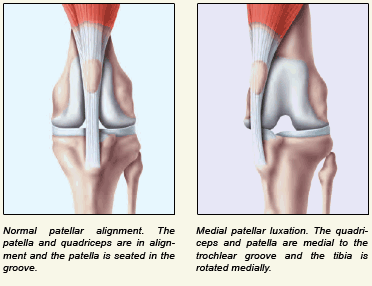
Medially Luxating Patella Longwood Veterinary Clinic
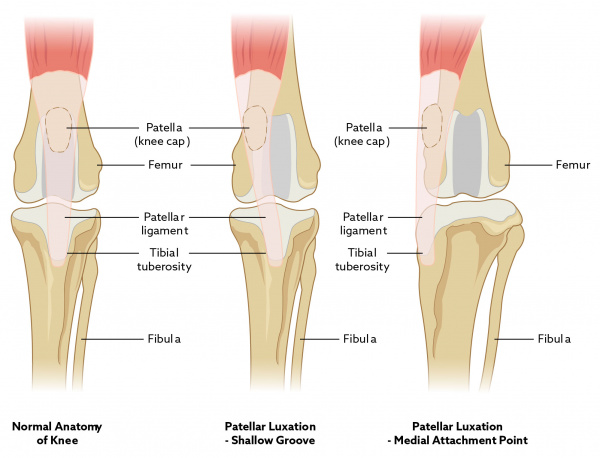
Luxating Patella In Cats Vca Animal Hospitals
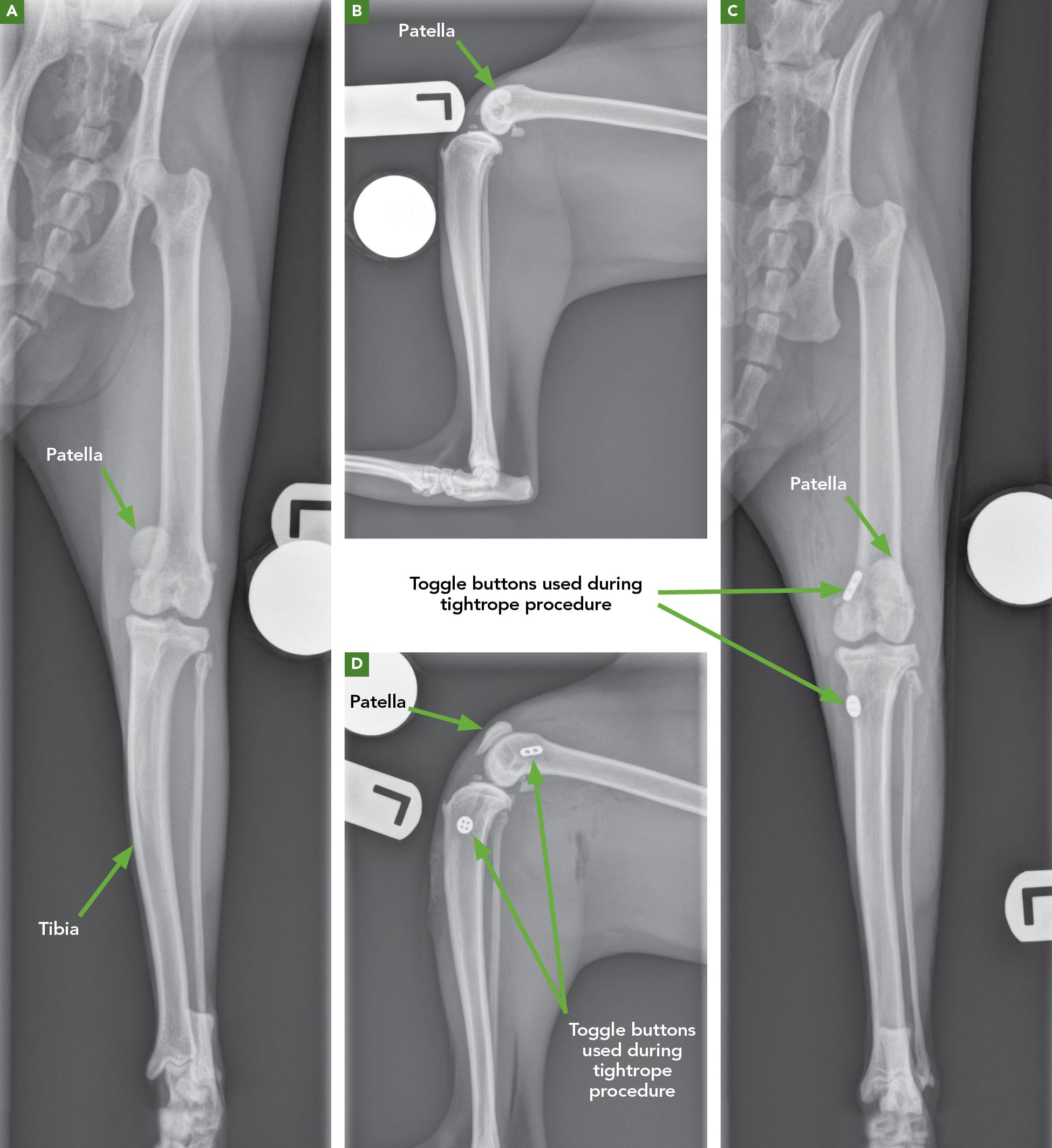
Luxating Patellas Pathology And Treatment Options Today S Veterinary Nurse

Patellar Luxation In Cats International Cat Care

Management Of Medial Patella Luxation In The Dog Cat
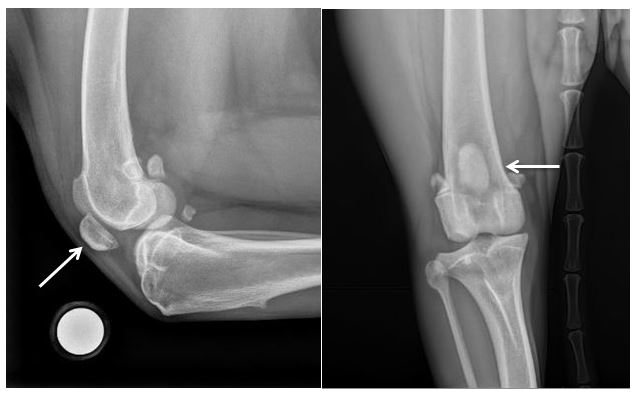
Patellar Luxation Pawsitive Steps Rehabilitation Therapy For Pets Troy Mi

Luxating Patella In A Cat Youtube

Mpl Surgery For Dogs What To Expect Animal Surgical Animal Surgical And Orthopedic Center A Better Way To Operate Since 1986
